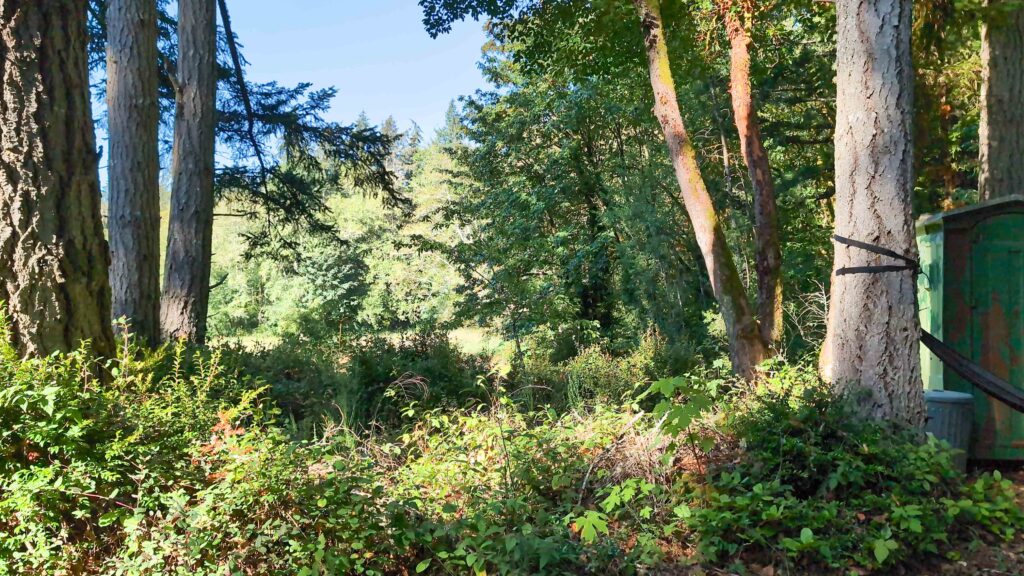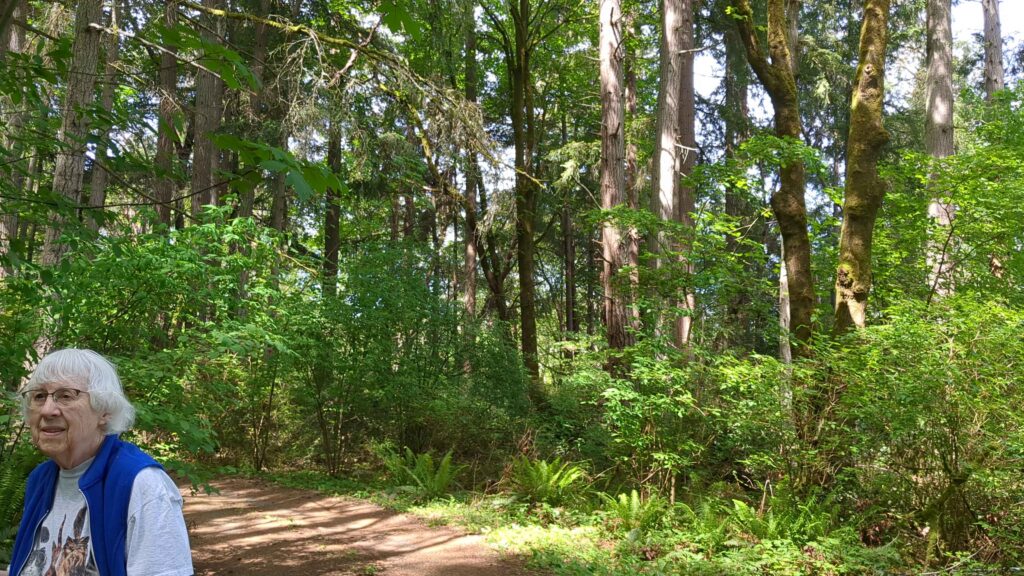Great Peninsula Conservancy (GPC) holds conservation easements on 63 privately-owned properties, totaling over 1,500 acres of protected land. A conservation easement (CE) is a voluntary legal agreement between a landowner and a land trust which contains permanent restrictions on the use or development of land in order to protect certain values of the property. The CE is recorded in the county records just like a Deed, and stays with the property forever, regardless of who owns the land. The CE is a legally binding agreement that ensures the land is permanently protected through all future changes in property ownership.
Because individual landowners have different needs and goals for the use and conservation of their property, each recorded CE contains unique terms which reflect a balance between protecting the land and its resources, and the personal objectives of the landowner granting the CE. The terms of the CE are legally enforceable by the land trust as the holder of the CE, and it is the obligation of the land trust to ensure that the purposes of the CE are honored in perpetuity.


After the acquisition of a CE, GPC’s stewardship staff create a Baseline Documentation Report for the property, a document that is reviewed and acknowledged by both the landowner granting the CE and GPC as holder of the CE. We monitor the property annually, reviewing the relevant permissions and restrictions for activities and uses on the property and documenting any issues and changes to the property relevant to those terms.
Additionally, GPC staff are the first contact for issues relating to the enforcement of the provisions of every CE we hold and are legally responsible for addressing violations and ensuring compliance with the CE terms. Landowners reach out to us for approval of exercising certain reserved rights (allowed activities per the terms of the CE), and we help direct landowners to resources that allow them to steward the conservation values of their protected property with best practices in mind. Some examples of CE enforcement we address include forest management; habitat restoration; agricultural uses; building and construction; roads and trails; recreational activities; and critical areas protection (e.g., wetlands).


We love and appreciate our CE landowners, whose vision to protect vital habitat for wildlife and people directly serves the natural communities of our working region. GPC’s stewardship staff recently completed a CE Landowner Handbook, which walks current and future CE landowners through the basics of owning property under a CE and working with GPC staff to ensure that the conservation values, and the terms of the CE, are protected and upheld.
If you are interested in learning more about our conservation easement acquisition efforts, visit our Conservation Program page to learn more!
